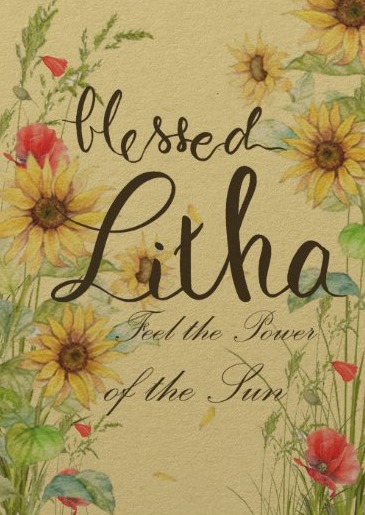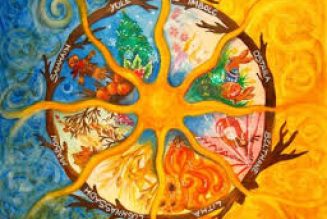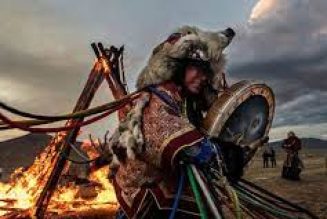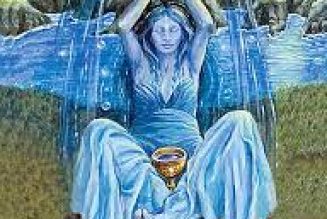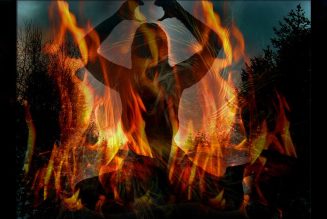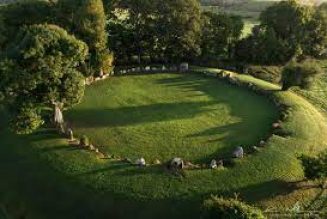Litha is a pagan holiday; one of their eight sabbats during the year. Litha (also known as Midsummer) occurs on the summer solstice, and celebrates the beginning of summer. The traditions of Litha appear to be borrowed from many cultures. Most ancient cultures celebrated the summer solstice in some way. The Celts celebrated Litha with hilltop bonfires and dancing. Many people attempted to jump over or through the bonfires for good luck.
Other European traditions included setting large wheels on fire, and rolling them down a hill into a body of water. The summer solstice is the longest day of the year, and in some traditions, Litha is when a battle between light and dark takes place. In this battle, the Oak King and the Holly King battle for control. During each solstice, they battle for power, and the balance shifts. The Oak King, who represents daylight, rules from the winter solstice (Yule) to Litha. During this time, the days steadily get longer. However, during Litha, the Holly King wins this battle, and the days get steadily darker until Yule.
For modern day pagans, Litha is a day of inner power and brightness. Some people find a quiet spot and meditate about the light and dark forces in their world. Some other observers, particularly those with children, celebrate this holiday outside. Lastly, some observers choose to observe Litha more traditionally, and they would hold a fire ritual. This might include a large bonfire, or a small fire in a fire-safe pot in one’s house. Litha is also considered a good time to practice love magic or get married. The pagan version of this ceremony is called handfasting, and it includes many of the same practices one might find at a wedding.
